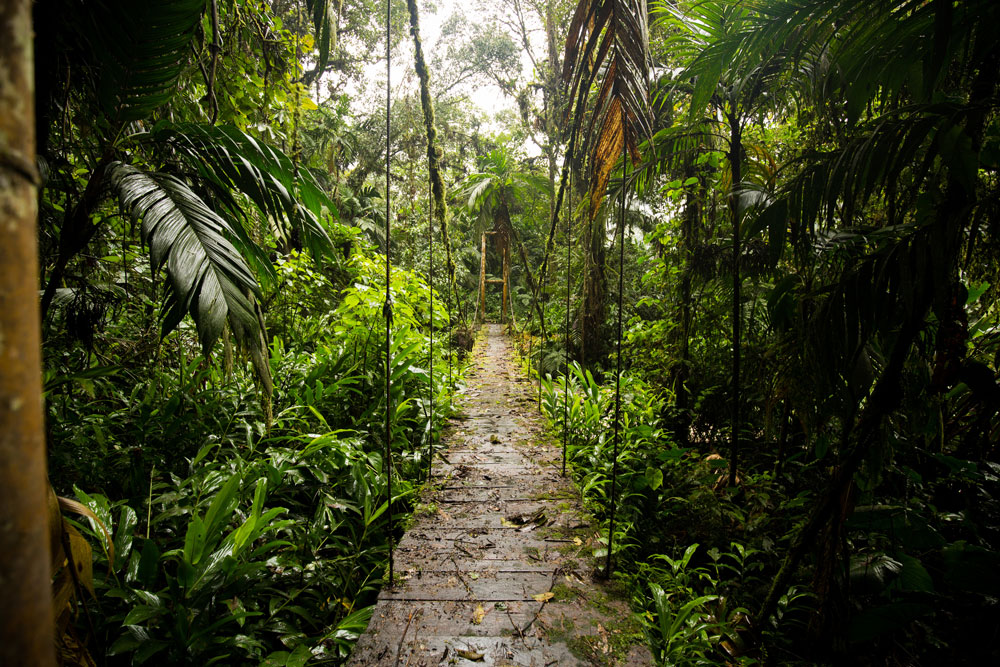What happens to vegetation under petroleum pollution?

A new publication by Paul Arellano has the answer
A new publication by Paul Arellano, School of Geological Sciences and Engineering, published in the scientific journal Environmental Earth Sciences (Springer Berlin Heidelberg) assesses the effects of petroleum pollution on the Amazon forest using field spectroscopy and PROSPECT radiative transfer model. In this study, more than 1100 leaf samples from the Amazon forest of Ecuador were collected at several study sites and across the vertical profile of the forest. The study area considered three forest plots, including two secondary forest sites, one of which was polluted by an oil spill, and one pristine rainforest site at Yasuni National Park.
The goal of this study was to evaluate leaf optical properties of polluted and unpolluted rain forest canopies across the vertical profile and identify vegetation stress expressed in changes of biophysical and biochemical properties of vegetation. For this goal, the PROSPECT model simulates the interaction of light with leaves, using the relationship between spectral response and biochemical/biophysical properties of the leaves and canopies.
For every sample, field spectroscopy at leaf level was conducted with a spectroradiometer. Measuring chlorophyll levels on the sample. Primary productivity in vegetation is principally determined by leaf photosynthetic rate and leaf life duration, as well as the availability of such factors as nitrogen, water and temperature. It is the foliar biochemistry of a leaf that is closely related to chlorophyll.
The study revealed vegetation stress symptoms across the vertical canopy layers, particularly significantly lower levels of photosynthetic pigments, chlorophyll and higher levels water, which suggests a decline of photosynthetic activity in polluted areas. Also finding a strong correlation on the sample analysis using the spectroradiometer. As to the causes, there is considerable evidence that hydrocarbon gases in the soil are a source of vegetation stress.
The study shows this vegetation stress as well as the relative sensitivity of these field-deployed optical-based methods to “support scientific investigations in these environments that are challenging but crucial to understanding and managing environmental change” say the authors.
Click here to read the publication.